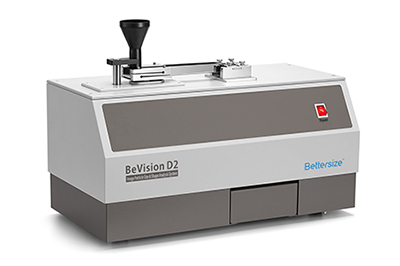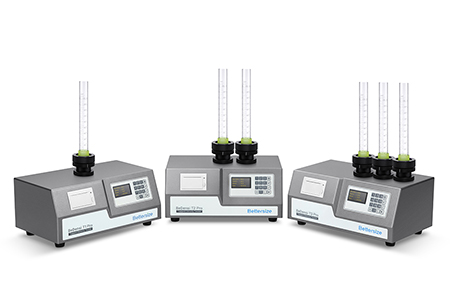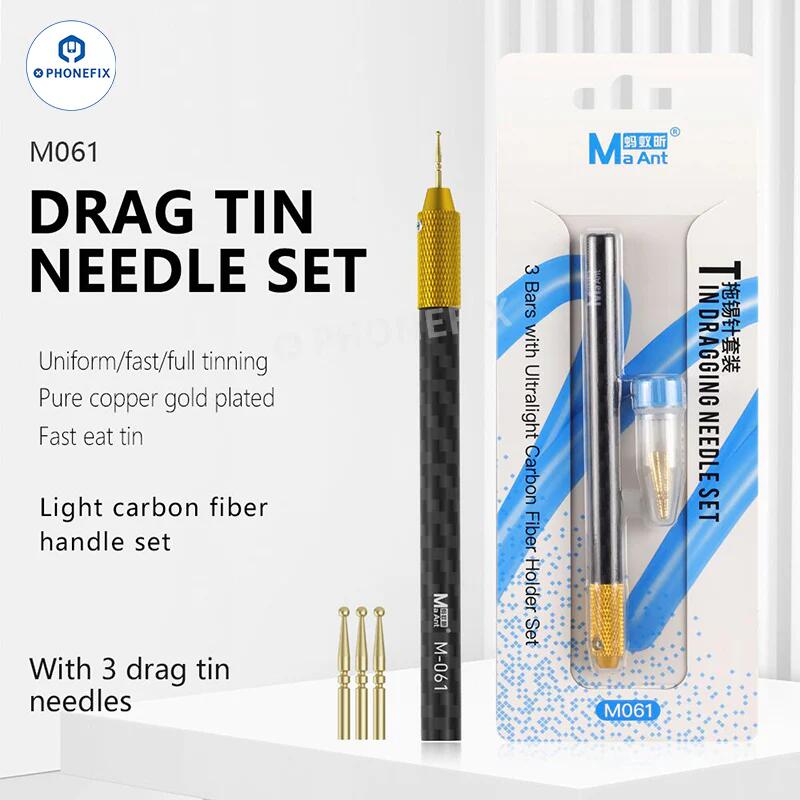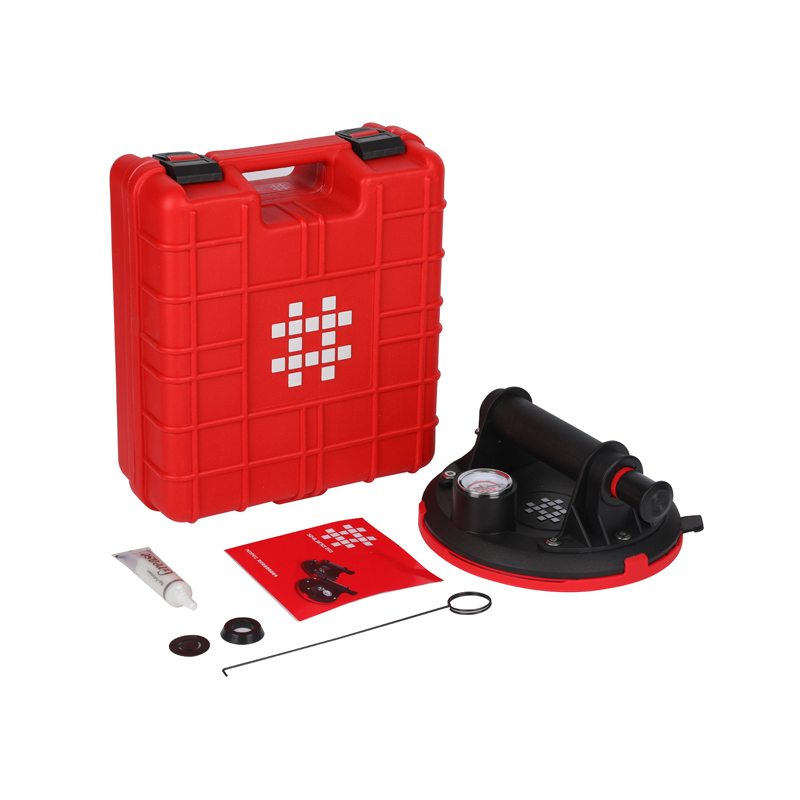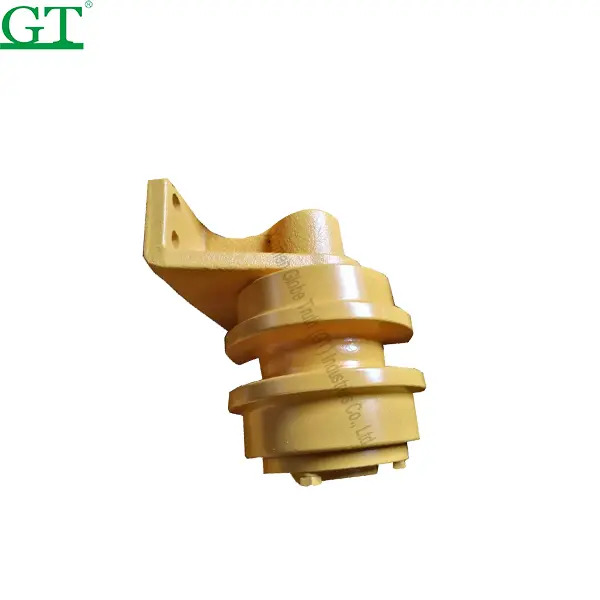Laser Diffraction
Particle size measurement using static light scattering (Particle size determination by laser diffraction)
The particle size distribution as a parameter to specify a powder or dispersion plays a central role in many applications. Examples are construction material (sands, cements), pharmaceuticals, lime stones, ceramics, colored pigments, fertilizers, emulsions and many more. The range of applications is increasing permanently and hence the requirements on the measurement methods regarding size range, measuring time and reproducibility are increasing. Particularly the precise and reproducible detection of particles with sizes close to the measuring range limits as well as the simultaneous determination of particle sizes of very small particles (nanometer range) as well as large particles (lower millimeter range) for the characterization of polymodally or very broadly distributed samples provides a challenge. State-of-the-art laser diffraction analyzersuch as the Bettersizer S3 Plus laser diffraction particle size analyserthese tasks by an innovative design of the optical bench for the detection of backscattered light of very small particles and by detecting large particles by an integrated high-speed CCD camera or the combination of static light scattering and automated imaging.
Measuring method
In static light scattering laser light (monochromatic, coherent light) interacts with the particles, which have to be characterized in terms of particle size. In dependence of the particles' size, the light waves are scattered by the particles in a characteristic manner: the larger the particles are, the greater is the scattering in forward direction. With particles smaller about 100 nm, the scattering intensity is nearly identical in all directions.
The scattering intensity is determined by stationary detectors depending on the angle (light scattering intensity distribution). State-of-the-art laser diffraction systems such as the Bettersizer S3 Plus laser scattering particle size analyzer guarantee the determination of scattering intensities in a continuous angular range of 0.02 – 165°, i. e. in forward, side and backward direction. This is achieved by means of a so-called double lens design and oblique incidence optical system (DLOIOS technology): Fourier lenses (collective lens) are positioned between the laser and particles as well as between particles and detectors. The particles will interact with the light within a parallel laser beam. This offers the advantage that the scattered light can also be detected at very large angles (in backward scattering direction) and thus even very small particles can be measured precisely. Thanks to DLOIOS technology, the problems of conventional measurement setups can also be avoided. Therefore, neither the suitable lenses for the corresponding particle size measurement range have to be selected prior to the measurement (in comparison to the Fourier optics), nor do measurement inaccuracies result from different particle to detector distances, if not all particles lie in one plane (in comparison to the inverse Fourier optics).
Schematic drawing of the innovative DLOIOS-technique of Bettersizer S3 PLUS and CCD-camera system (x0.5 and x10)
To calculate the particle size distribution from the measured scattering spectra, the theory of either FRAUNHOFER or MIE is applied. The FRAUNHOFER theory is based on the hypothesis of opaque and spherical particles: the scattered pattern corresponds to a thin opaque two-dimensional plate – diffraction only occurs at the edges. Therefore no additional optical input constants of the material are necessary for this calculation.
In contrast the MIE theory uses the hypothesis of virtually translucent and spherical particles, meaning that the light permeates the matter and is scattered elastically at the atoms of the particle. The knowledge of the complex refractive index of the particles and the liquid as well is necessary. This theory is applicable for particles of all sizes.
The following figure shows an example of a volume-related particle size distribution of a calcium carbonate powder – measured with a Bettersizer S3 Plus.
The cumulative throughput curve Q3 (blue) and the resulting histogram (q3, black bar) can be seen.
Literature and norms
ISO 13320 – Particle size analysis – Laser diffraction methods
At Bettersize, we provide particle size instrument, determination of particle size using laser, particle measuring services, etc. Bettersize is here to provide you the better particle size solutions, and beyond. If you want to know particle measurementor more, contact us.
Send product request
Other supplier products
| Powder Characterization | Powder characterizationincludes flow measurements, morphology, particle size distribution, density and chemical composition. Bettersize PowderPro S... | |
| Particle Shape | The properties of particles include particle size, shape, surface structure and pore structure. The shape of the particles can impact on many prope... | |
| BeDensi T Pro Series | The BeDensi T Pro Series with up to 3 workstations excels at intuitive operation while complying with the United States Pharmacopeia (USP <616&g... | |
| BeVision D2 | BeVision D2 Image Analyzer Grain SizeAnalyzerwith Dry Dispersion The BeVision D2 particle image analyzer(particle shape analyzer) is a microsco... | |
| Products | Bettersize Instruments Ltd offers a wide range of particle size analysis machineto help you find better solutions for particle size analysis work. ... |
Same products
| Efficient Soldering with MaAnt M061 Gold-Plated Needle | Seller: Shenzhen Wikshu Technology Co. | MaAnt M061 Gold-plated Drag Tin Needles with Light Carbon Fiber Handle Set Uniform and Fast Fill ... | |
| High Hardness Linear Rail Flat Bed CNC Lathe | Seller: Zhejiang Guoyu CNC Machine Tool Co., Ltd. | It can cut all kinds of turning surfaces by bicycle, such as conical surfaces, special surfaces, ... | |
| Automation Suction Cups | Seller: Zhejiang Shijing Tools Co., Ltd. All Rights Reserved. | The ALUMINUM SUCTION CUP 6106 D is a versatile and reliable tool designed to handle various lif... | |
| Machinery | Seller: O&K GROUP LIMITED | Okwishing supplies all kinds of Machinery. Okwishing () is a cross-border e-commerce platform de... | |
| Mini Excavator Carrier Roller for Kobelco SK045/SK045SR/SK50SR/SK70SR | Seller: Xiamen Globe Truth (GT) Industries Co., Ltd | The carrier roller use 50Mn steel, after free forging into work-piece by a 560KG air hammer, comp... |











